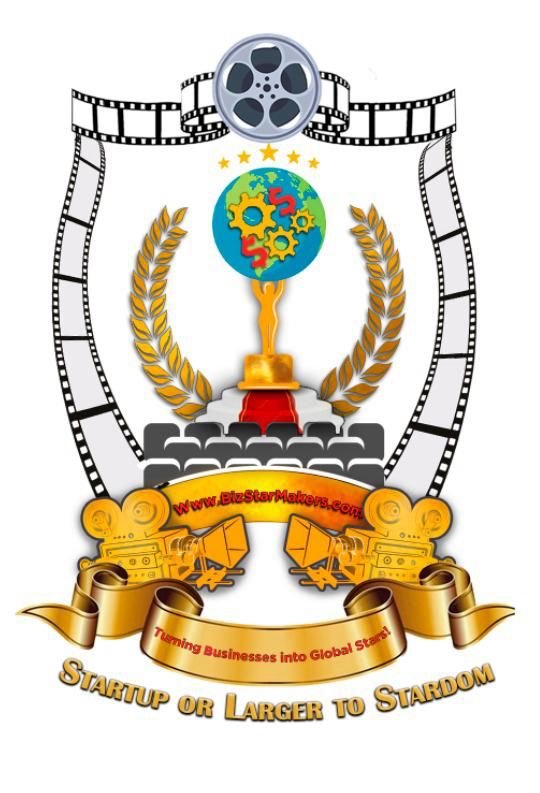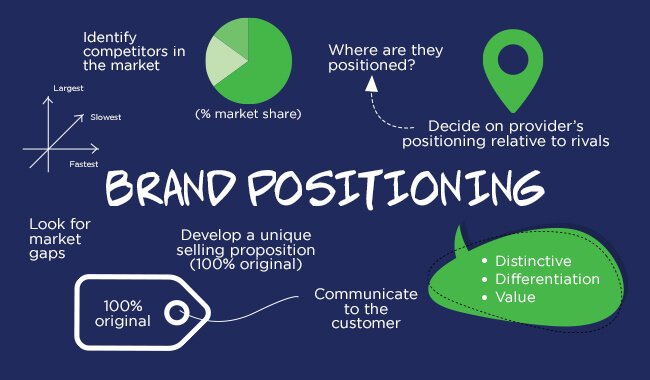Daniel Davidson, MD, MBA, DBA, PHD
Introduction:
Despite the intense rivalry on the global stage, some companies emerge as global symbols of achievement, inspiring consumer devotion and respect everywhere. Brands like Coca-Cola, Pepsi-Cola, Starbucks, McDonald’s, KFC Chicken, Nike, Coco Chanel, and Rolex have become cultural icons in addition to being extremely successful businesses. There are many reasons for their ascent to prominence and their current status as the world’s best brand.
Visionary Leadership:
Any organization that aspires to succeed and expand needs visionary leaders. It alludes to a leadership approach that is distinguished by an inventive mindset, a distinct future vision, and the capacity to uplift and encourage people to pursue shared objectives. With their in-depth knowledge of market trends, customer demands, and new prospects, visionary leaders are able to steer their organizations toward long-term success.
The capacity to communicate a compelling vision that enthuses and motivates stakeholders, customers, and staff alike is the foundation of visionary leadership. Visionary leaders provide a sense of purpose and direction that unites everyone toward a single goal by passionately and clearly communicating their vision. Visionary leaders encourage confidence and dedication by presenting a clear picture of the future. This promotes innovation, growth, and organizational excellence.
Visionary leaders are able to predict shifts in the corporate environment and put their company in a proactive position to take advantage of new possibilities and trends. They have no problem questioning the existing quo, taking calculated chances, and venturing into uncharted territory in order to realize their vision. Bold and courageous, visionary executives encourage innovation, creativity, and a continual improvement culture within their company.
Brand Identity:
A company’s brand identity is the foundation of its personality reduced to concrete components that customers can identify with. It includes all of a brand’s linguistic, visual, and experiential elements that set it apart from rivals and appeal to its intended market.
Visual components of a brand’s identity include logos, color schemes, typography, and photography. These visual cues act as the brand’s face; they are instantly identifiable symbols that cause associations and feelings in the minds of customers.
Taglines, brand voices, slogans, and brand names are examples of verbal components. These language components communicate the company’s personality, beliefs, and messaging, influencing how customers view and interact with the brand.
Every point of contact between customers and the brand, such as physical storefronts, online stores, customer support chats, and advertising campaigns, is included in the experience aspects. Consumers’ trust and loyalty are increased when brands are consistently experienced throughout multiple touchpoints, strengthening brand identification.
Quality Products:
Successful brands are built on the foundation of high-quality products. They stand for the cornerstone that supports and fosters customer happiness, loyalty, and trust. Being devoted to providing superior product quality is more than just a business tactic; it’s a core principle that connects with customers and distinguishes outstanding businesses from their rivals.
A commitment to craftsmanship, meticulous attention to detail, and unwavering standards of excellence are the foundation of high-quality products. Excellent products are defined by superb materials, painstaking craftsmanship, and exceptional performance, whether it’s the taste of a gourmet coffee blend, the durability of a high-performance athletic shoe, or the exact engineering of a luxury clock.
Aside from fulfilling fundamental functional requirements, high-quality products arouse feelings and provide deeper connections with customers. They transform ordinary events into amazing experiences, evoking self-assurance, pride, and contentment. Quality products create a lasting impression that encourages advocacy and devotion from the minute a customer encounters with them, whether it’s the sound of a gratifying click or the feel of an opulent cloth.
Innovation:
Innovation is the engine of development, propelling progressive businesses to reshape industries and push the edge of what is conceivable. It’s more than just launching new goods or services; it’s a way of thinking about problems and using creativity that spurs development and change.
Innovation is fundamentally about accepting change and questioning the current quo. It’s about having the guts to wonder “What if?” and imagining a world distinct from the one we currently live in. Innovation propels evolution and moves us closer to a better future, whether it is through the creation of ground-breaking technology, the upending of business models, or the reimagining of customer experiences.
Environments that encourage experimentation, teamwork, and curiosity are conducive to innovation. It can originate from anyplace in the company, not only R&D labs or executive boardrooms. Employers may unleash a flood of creative ideas and realize the full potential of their workforce by promoting employees’ creativity, idea sharing, and calculated risk-taking.
Customer Experience:
Customer experience includes all of a customer’s interactions and points of contact with a company, from first impressions to after-sale assistance. It includes all of the sentiments, thoughts, and emotions sparked by these exchanges, which help to form the customer’s overall perception of the brand.
Positive feelings, tailored service, and smooth interactions are the hallmarks of exceptional customer experiences. They go above and beyond simply providing for the necessities of their clients in order to win their loyalty and advocacy over the long run.
Recognizing and anticipating the requirements and preferences of the consumer is a crucial component of the customer experience. Companies that provide exceptional customer experiences make a significant investment in obtaining data, insights, and feedback in order to customize their goods, services, and interactions to each customer’s specific needs.
Another crucial component of the client experience is consistency. Consumers anticipate a unified experience from every point of contact—online, in-person, or via customer service channels. Companies that provide a unified and consistent experience gain the trust and dependability of their clientele.
Global Expansion:
The strategic move made by businesses to expand their operations and presence into foreign markets beyond the confines of their home markets is known as global expansion. Through this growth, businesses can reach underserved consumer groups, generate new revenue streams, and take advantage of global emerging market opportunities. Companies can diversify their sources of income, reduce the risk of volatility in the home market, and set themselves up for long-term growth and sustainability by making a presence in foreign markets.
By means of international growth, corporations might effectively utilize their fundamental skills, reputation, and edge over rivals to create a worldwide presence and attain increased economies of scale. Depending on the unique market conditions and the company’s goals, this expansion may involve a variety of entrance techniques, including exporting, franchising, licensing, joint ventures, strategic alliances, or wholly-owned subsidiaries. All things considered, organizations that want to improve their competitiveness, reach a wider audience, and take advantage of the many opportunities presented by the global marketplace must strategically expand globally.
Marketing Mastery:
The art and science of successfully advertising a brand, product, or service to target audiences without depending on predetermined points is known as marketing mastery. To develop persuasive marketing strategies that connect with the target audience and provide the intended results, it is necessary to have a thorough awareness of market trends, rival activity, and customer behavior. In order to effectively reach and engage consumers, marketing mastery requires leveraging a variety of channels and methods, including social media, advertising, content marketing, and influencer collaborations.
It also entails creating eye-catching language and images that arouse feelings, grab the viewer’s attention, and effectively communicate the brand’s value proposition. Building brand awareness, promoting customer acquisition and retention, and ultimately contributing to the general success and expansion of the company are the ultimate goals of marketing proficiency.
Iconic Brand Ambassadors:
The real-life embodiment of a business’s identity, beliefs, and goals are its iconic brand ambassadors. These people have been hand-picked for their impact, charm, and compatibility with the target market and brand. Iconic brand advocates use their star power, authority, and authenticity to increase the exposure, attractiveness, and relevance of their brands.
It is easier to humanize a business and build emotional bonds with customers when well-known brand ambassadors are featured in marketing campaigns, collateral, and promotional events. These brand ambassadors—celebrities, athletes, or cultural icons—bring excitement, prestige, and appeal to the company, improving its standing and attractiveness in the eyes of the public.
Social Responsibility:
A company’s commitment to acting morally and making a constructive contribution to society is emphasized by the guiding concept of social responsibility. In order to improve communities and the environment, it entails incorporating social and environmental issues into corporate operations and decision-making procedures.
Businesses that uphold social responsibility acknowledge their responsibilities as corporate citizens and work to significantly improve society. This could entail undertaking projects like volunteering and charitable giving to benefit neighborhood communities, putting in place environmentally friendly policies to lessen their impact, encouraging inclusiveness and diversity in the workplace, and upholding moral business standards across their supplier chain.
Conclusion:
The remarkable success of global brands such as Starbucks, McDonald’s, KFC Chicken, Coca-Cola, Pepsi-Cola, Nike, Coco Chanel, and Rolex is the result of a multifaceted interplay of factors that have propelled them to the forefront of the global market. From visionary leadership and innovative products to iconic branding and emotional resonance, these brands have mastered the art of capturing consumer attention, building loyalty, and shaping cultural landscapes around the world.







